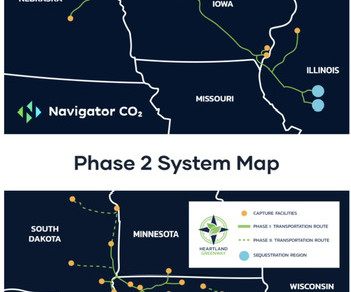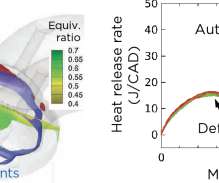Navigator CO2 to provide ~600k TPA of CO2 as a feedstock for ultra-low carbon Infinium eFuels
Green Car Congress
MAY 19, 2023
Once fully realized, the Heartland Greenway system will transport up to 15 million metric tons of carbon dioxide annually from Midwest value-added processors. Ultra-low carbon eFuels contain no sulfur and are cleaner-burning than petroleum-based fuels.












Let's personalize your content